Previously: Have You Seen Wrinkles?
If you happened to live in Canada in the 1990s, you may have heard about — or maybe even called — an… unusual phone number. It wasn’t unusual just for one reason, though; it was unusual for a whole bunch of reasons. For one thing, the phone number, which was officially 1-800-465-3847, had a memorable vanity title: 1-800-GOLF-TIP. For another, it was advertised via billboard in at least one city in Ontario — a large, brightly colored sign featuring a gold ball, a golf club, grass, sky, and huge, yellow writing spelling out 1-800-GOLF-TIP.
But, strangest of all was what happened when you actually called the number. You didn’t reach a hotline for golfing instruction, as you might have expected; instead you encountered rather an odd recording: You’d hear a male-sounding voice counting from one to 10 — in English, but with an accent of some sort — over and over again, always pausing for a breath between two of the numbers.
Exactly which numbers the pause occurred between depends on who you talk to, though; some people remember it being between the five and the six, others between the six and the seven, and still others between the seven and the eight. The recording seemed to be on some sort of loop — but if you let it play long enough, eventually you’d hear a loud, screaming tone replace the counting.
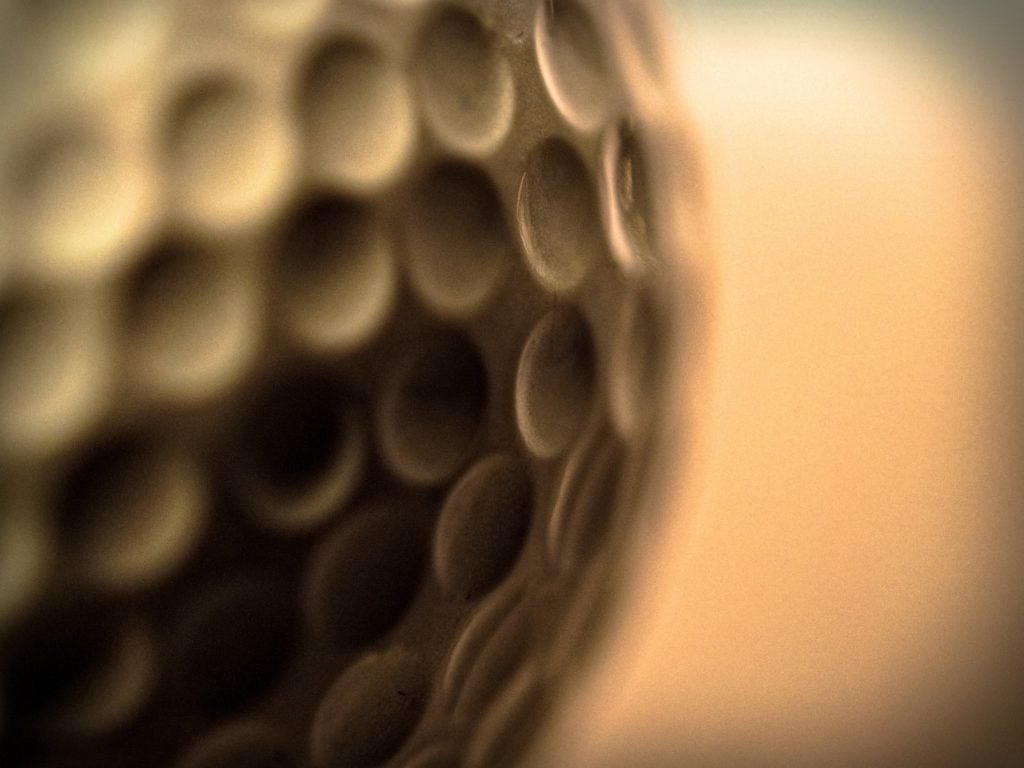
No one knew what 1-800-GOLF-TIP was supposed to be.
No one knew the meaning of the recording.
No one knew who owned the phone number, or what they had done with it, or why.
Heck, for a long time after the number ceased being available for Canadians to call, no one could even say for sure whether the whole thing actually existed in the first place. It’s spoken of on forums and message boards in the kind of tone we reserve for things we’re not certain we’re remembering, or maybe dreaming: “Does anyone remember…?” “Did I just make this up…?” “What the heck was that, anyway…?”
[Like what you read? Check out Dangerous Games To Play In The Dark, available from Chronicle Books now!]
As it turns out, 1-800-GOLF-TIP does have quite the history behind it — a history as strange as the recollections of those who called it way back in the day. There are, as far as I’ve been able to determine, three parts to the story — but although these three parts were hard enough to tease on their own, even more difficult was figuring out the order in which the parts actually go.
I’m fairly certain I’ve sorted it out, though. So: Here’s the deal with 1-800-GOLF-TIP… I think, at least. Buckle up; the ride ended up being a lot wilder than I expected it to be.
The Canadian Years
The Canadian years of 1-800-GOLF-TIP are the most mysterious, in part because there’s very little documentation of this period, and in part because most of what we do know about it is based on people’s memories of it — and human memory is, after all, often imperfect. But we can still gain some valuable information about the phone number based on these memories, and even confirm some parts of these recollections, including both its location and its time frame.
According to most people’s memories as recorded on various message boards and other forums across the web, it was common practice among kids and teens to call 1-800-GOLF-TIP in order to experience the number’s strange recording in three specific cities: St. Catharines, Toronto, and Ottawa. Notably, these three cities are located not too far away from each other, and all within the same Canadian province — Ontario.
The city that seems to factor most prominently in the history of 1-800-GOLF-TIP is St. Catharines, the largest city in the Niagara area of Ontario. (It has a population of about 133,113 — roughly a third of Niagara’s residents.) I say St. Catharines is at the center of the whole thing because that’s where the billboard advertising 1-800-GOLF-TIP was located in the early 1990s.
The question, though, is about precisely where in St. Catharines the billboard was.
According to a 4chan thread from 2017, it was across from “the old Bijou Theater.” However, u/Ohigetjokes — a Redditor who grew up in St. Catharines and has been on the 1-800-GOLF-TIP case for some time — described the billboard recently to YouTuber Barely Sociable as across from “the Lincoln Theater that had a Bijou Arcade in the ground floor.” u/Ohigejokes also noted that the building was demolished “some time ago,” with a Wendy’s/Tim Hortons hybrid having gone up its place. But then we’ve got this “You Know You’re From St. Catharines When” listicle, too, which includes the item, “You remember the Bijou Arcade in Lincoln Mall” — mall, not theater. So: Where was it? The Bijou Theater? The Lincoln Theater? The Lincoln Mall?
What complicates the situation is the fact that St. Catharines did once have both a Lincoln Theater and a Bijou Theater — just not located where Lincoln Mall is. (Also, by “theater,” we mean “cinema” in all cases here; we’re talking about movie theaters, not live performance venues — just, y’know, for clarity’s sake.) The Lincoln Theater, which was operated by Famous Players, was located at 386 St. Paul Street East, according to Cinema Treasures. Originally opened on May 16, 1939, it closed in 1980. Its current occupant is an upscale office space called the Lincoln; however, the Google Street View image history of the address, which dates back to 2007, tells quite a story.
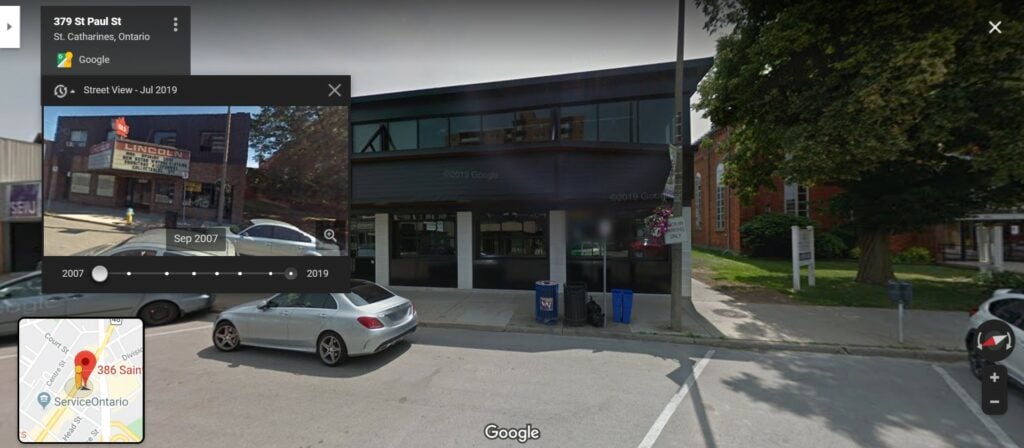
In 2007, the space looked vacant, although the theater’s old marquee bore a message about a soon-to-open vintage store. The store, however, seems never to have materialized; by 2009, it was vacant again, with a “FOR RENT” sign in one of the windows. By 2014, the windows had been boarded up; by 2015, a strange message regarding three judges and a court filing had been posted on the marquee; and by 2018, work on the new Lincoln had begun. The current Street View image, which was captured in July of 2019, shows the completed space. There’s also currently a chi-chi-looking restaurant called Dispatch in the building.
Meanwhile, I discovered courtesy of a paper published in 2010 on early movie-going in Niagara by Paul S. Moore of Ryerson University that the very first “picture theater” ever to arrive in St. Catharines was called the Bijou. Moore cites a 1976 article in the St. Catharine’s area newspaper the Standard by journalist Henry P. Nicholson detailing his early memories of the theater—which, according to Nicholson via Moore, was across the street from the Standard’s offices on Queen Street. It’s not there anymore (as Moore puts it, “There is no trace of the Bijou except Nicholson’s memories”), but the information available allows us to take a guess about its former address: The Standard’s offices have been located at 17 Queen Street since 1898 — so if the Bijou was across the street, it likely occupied the space currently labeled on Google Maps as 14-18 Queen Street. I’ve been unable to dig up much about the property’s history other than the fact that it’s zoned for retail (but vacant) right now, but it does look like the sort of space that might once have played host to an old-time cinema. (Look at those arches out front!)
But I actually think these two former theaters are red herrings. You see, there was once a cinema at the Lincoln Mall: Per Big Screen, it was called the Famous Players Lincoln Mall (which I assume means it was operated by the same company that ran the Lincoln Theater on St. Paul Street), and its official address was 525 Welland Avenue. If you plug “Lincoln Mall, St. Catharines, Ontario” into Google Maps, it brings you to the Lincoln Value Centre, which is, in fact, a shopping plaza. And if you plug 525 Welland Avenue specifically, it takes you to… a Wendy’s/Tim Horton hybrid. There are even a few billboards visible from that Wendy’s/Tim Hortons location today, which isn’t the case for either the old Lincoln Theater or the spot where the Bijou Theater once stood.
As such, I’m fairly confident this is where the 1-800-GOLF-TIP billboard in St. Catharines was located. Despite the discrepancies between recollections, there are enough common threads between them all to support the idea: Lincoln, Bijou, a cinema, an arcade. It all comes together at 525 Welland Avenue.
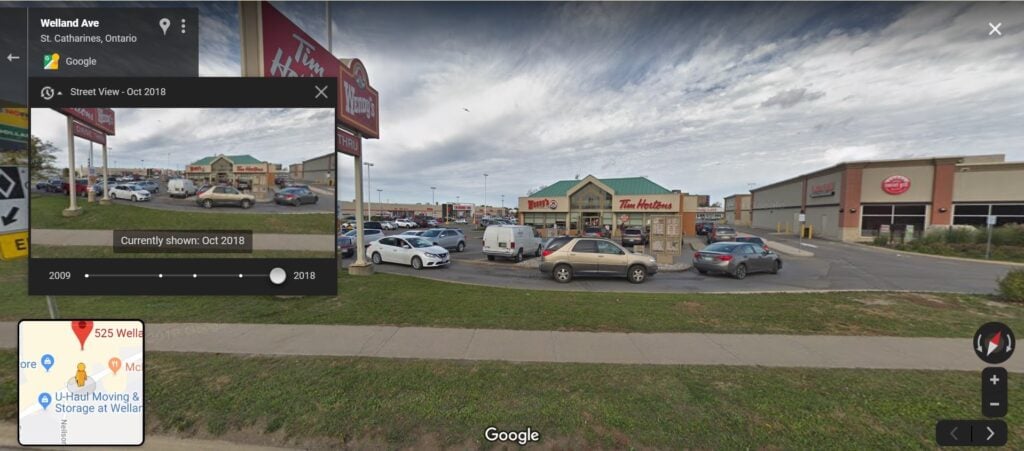
Of course, what we don’t know is who put the billboard up, or why. We’ll talk about that more in a bit, but for now, let’s stick with what else we know.
Beyond St. Cathrines, knowledge of 1-800-GOLF-TIP has also been placed in Toronto. I’ve found considerably less concrete information about this possible connection, but a tenuous link does exist: It’s mentioned in the 4chan thread; I managed to dig up a post from a Redditor who vaguely remembered hearing about it in Toronto; and, somewhat hilariously, it’s currently listed as the phone number for a possibly defunct punk band based in Toronto on their Facebook page. The band’s Facebook page updated their number to 1-800-465-3847 only recently, though — September of 2019 — so whether it was meant as a nod to the Canadian 1-800-GOLF-TIP oddity remains to be seen. (The reason I wonder whether the band is still active, by the way, is due to the fact that their last Facebook post prior to September phone number change, went up in March of 2018 — nearly two years ago. Do with that what you will.)
But as tenuous as these links may be, one of them gives us a bit more information about the timeline: Several Redditors in the thread placing the number in Toronto remembered calling it in the late 1980s. So, we’re not just looking at a number that was available in the 1990s; it was available in both the late ‘80s and at least the early ‘90s.
But the most significant part of this leg of the story is the part that situates it in Ottawa. The July 29, 1993 edition of the Charlatan — the student newspaper of Carleton University, which is located in Ottawa — included a small box on page 11 listing “Six things we like, three things we hate, and one thing we just don’t care about.” Number one on the list — presumably making it one of the six things the students of Carleton liked — was 1-800-GOLF-TIP. (Note: The box appears on page 11 in the actual issue, but in the digitized document I’ve linked here, it’s page 34.) No other context was given for the number, but it’s likely that the reason it was included in the list is because it was just so weird that one couldn’t help but love it.
This piece of evidence, by the way, is the thing that I think points most clearly to the Canadian mystery portion of 1-800-GOLF-TIP’s history having occurred first in the timeline: It’s the one primary document firmly dating the number’s existence that both lines up with what Canadians who called it remember about precisely when it was a thing, and fits in with everything that came afterwards.
The Actual Golf Hotline Years
Here’s the funny thing: Following these early Canadian years, 1-800-GOLF-TIP actually was a golf hotline for a brief period of time. It was based in the United States, rather than Canada; however, since both the U.S. and Canada are part of the North American Numbering Plan for phone numbers and share the same 800 number dataset, we don’t really need to solve the problem of how it jumped from one country to another. All we need to know is that, at some point, the number changed hands — and when it did so, it went from a Canadian owner to a U.S.-based one.
And that’s when it became the USA Today/PGA of America golf tip hotline for at least one year.
On Dec. 1, 1994, USA Today ran an article addressing a fact that probably seemed novel at the time, but which is kind of a “well, duh” situation now: Sometimes, people widely regarded as experts in a given field still seek out teachers from whom to learn even more about that field. In the case of the USA Today article, it was professional golfers with loads of titles and championships under their belts; it turns out that, yes, sometimes, even these champs call up other golfers, coaches, and trainers to get a few pointers on their game. The article was accompanied by a plug for a hotline that would allow readers to “get answers from the experts” — a hotline referred to in the dek as the “USA TODAY/PGA OF AMERICA HOT LINE”:
“Iron shots too often go astray? Need to get a grip on your grip? Spraying the ball off the tee? Three-putting far too often? 1-800-GOLF-TIP (1-800-465-3847) TODAY: 9am – 9pm ET, TTY line 1-800-331-1706.”
As the Payphone Project found, an article in the Florida newspaper the Tampa Tribune dated Dec. 3 — a few days later — further elaborated on the hotline’s origins and purpose:
“Golfers nationwide can receive golf tips today and Sunday via a toll-free instruction hot line [sic] presented by the PGA of America and USA Today. The hot line featuring nearly 100 PGA members, is being offered in conjunction for the Tommy Armour PGA Teaching and Coaching Summit in New Orleans. Call (800) GOLF-TIP.”
And wouldn’t you know it? A bit more digging reveals that USA Today and the PGA — the Professional Golfer’s Association of America — have collaborated on this golf tips hotline on and off since 1992. But, interestingly, the number associated with the hotline hasn’t remained the same that whole time.
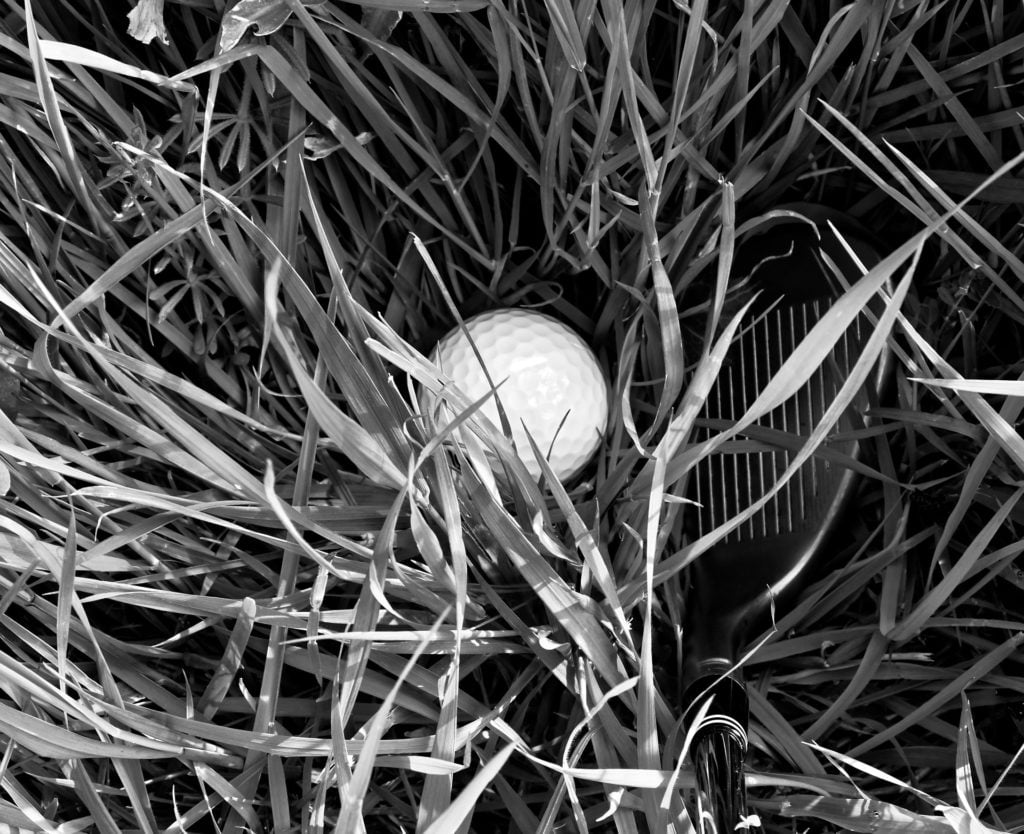
According to an archived press release from the PGA published in 2011, that year’s hotline marked “the 10th in a series that dates back to the 1992 PGA Teaching & Coaching Summit.” Monte Lorell, then the managing editor for USA Today’s Sports section, said according to the press release, “USA Today and the PGA of America have worked together since 1992 on the golf tips hotline, and the collaboration has provided wonderful information for our audience and for golf fans everywhere.” Continued Lorell, “Through the hotline, PGA Professionals have helped USA Today readers of all skill levels and answered all kinds of questions, from swing mechanics to set-up to equipment issues to the mental game.” Per USA Today, the phone number that year wasn’t 1-800-GOLF-TIP, but rather 1-888-PGA-PLAY (1-888-742-7529).
2011 was also notable for expanding the scope of the hotline beyond just the telephone. In that same press release, then-president of PGA of America Allen Wronowski called that year’s edition “the PGA/USA Today Gold Tips Hotline 2.0.” In addition to the phone number, folks could, for the first time, use email, Facebook, Twitter, and Skype to get in touch with the pros offering their advice, thereby bumping the hotline up to the next level. By 2013 — the most recent revival of the hotline I could find — the program had moved entirely online, removing the phone number completely and instead encouraging people to “send an email, post a question on our Facebook page, or send us a message via Twitter.”
The way the hotline worked was simple: Anyone who wanted to get some advice on golf from a bunch of people who really, really know what they’re talking about could call up the number — or, in later years, get in touch via email or social media — ask a question, and get a response from a pro. It generally only operated for a day or two each time it resurfaced; in 1994, for example, it seems to have been a weekend thing, while in 2011, the hotline ran for only one day, Jan. 27. In 2013, the day the experts were actually on call answering questions was Jan. 24; however, those who wanted to ask something could also send their message in advance via the previously noted online channels.
For what it’s worth, I did reach out to the PGA of America for confirmation on all of these specifics, as well as to inquire about any additional information available about the hotline program; alas, I did not receive a response prior to publication.
But of course, the lack of confirmation here leads directly the question of what exactly happened to the 1-800-GOLF-TIP number after its use in the 1994 USA Today/PGA of America hotline program. Clearly USA Today and the PGA of America relinquished the number later on, as evinced by the fact that the golf hotline number was different by 2011, thus leaving 1-800-GOLF-TIP free for someone else to snap up.
And that “someone” ended up being a company called Mayfair Communications — or, possibly, PrimeTel Communications.
The Modern Era
When you call 1-800-GOLF-TIP now, you don’t get the counting recording. Nor do you reach the USA Today/PGA of America hotline. Instead, you reach an adult hotline — which, of course, yields the following question: Who sets up an adult hotline reached by dialing a number that spells out 1-800-GOLF-TIP? It seems like an… unexpected choice. (I did call it, by the way; here’s a recording of what you hear when your call connects.)
As YouTuber Barely Sociable found in his recent exploration of 1-800-GOLF-TIP, the number — which, as a reminder, is actually 1-800-465-3847 — has been owned by the Philadelphia-based company Mayfair Communications since 1998. Like Barely Sociable, I followed the trail of 1-800-GOLF-TIP to Mayfair Communications, and then from Mayfair Communications to another company called PrimeTel Communications. It’s tricky to connect the two companies at first; neither has their own website (although it appears that Mayfair Communications did once — it’s just not operational anymore), and information about both of them is scarce. They are, however, both based in Philadelphia — and, more notably, both pop up in tandem with some degree of frequency in user posts on various forums dedicated to documenting robo-calls, toll-free numbers, and phone scams.
And here is where things started to get really interesting. You see, Mayfair Communications wasn’t bought by PrimeTel Communications; it is PrimeTel Communications — or part of it, at least. And the person who owns both of these companies owns a lot more than just a couple of 800-number service providers.
PrimeTel Communications is one of several hundred RespOrgs, or “responsible organizations,” operating in the United States and Canada. RespOrgs are kind of like the 800 number version of internet domain registrars: They maintain the registrations for toll-free numbers listed in the SMS/800 database—the database of all 800 numbers in North America and their current status. A RespOrg can be “a long distance company, reseller, end user, or an independent that offers an outsourced service,” according to the FCC.
However, it seems to be a little difficult to actually get a number from PrimeTel; as this blog post on 800 number availability notes, the company “[doesn’t] ever give them up” — meaning the company operates as the end user. Indeed, as Barely Sociable noted, PrimeTel is mostly known these days for amassing tons of toll-free numbers and redirecting them to adult hotlines. These activities actually became quite the news story in 2011, with reports about the whole to-do appearing in a wide range of newspapers and other reputable media outlets. At the time of the reports, PrimeTel had seemingly been at it for around 13 years, according to records acquired by the Associated Press — that is, the activity dated back to 1998. (Sound familiar?)
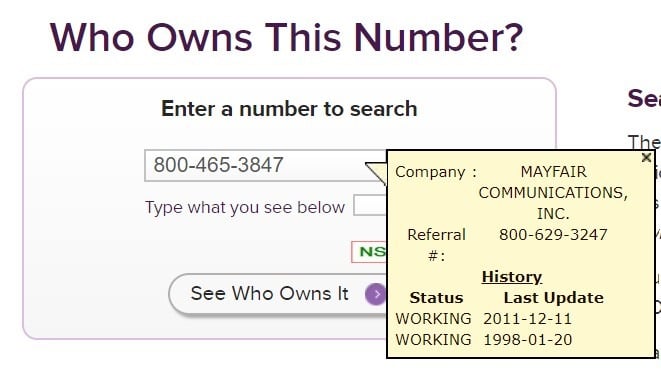
But the adult hotlines the 800 numbers acquired by PrimeTel led to weren’t just any adult hotlines.
They were adult hotlines connected with one of PrimeTel’s founders.
According to a June 2011 report from the Philadelphia Inquirer, PrimeTel was created by Richard Cohen and Sandra Kessler working out of Philadelphia in 1995. At the time, Cohen was mostly known for running a huge number of adult businesses, largely under the company National A-1 Advertising Inc. — websites, phone lines, you name it. After PrimeTel came into being, the company began buying up 800 numbers and redirecting them to adult hotlines that were part of Cohen’s network. As of 2011, PrimeTel controlled 1.7 million numbers — about 25 percent of all 800 numbers in the United States and Canada.
(It’s perhaps worth noting that PrimeTel has been accused of violating the Code of Federal Regulations – Telecommunications for hoarding numbers and directing them to a single toll-free subscriber; but although a handful of complaints have been brought against them, they’ve all been thrown out. The FCC hasn’t brought action against them. According to the official quoted here, although what PrimeTel is doing might be annoying, it isn’t necessarily illegal.)
The plot thickens, though — or at least, it does regarding the ownership of 1-800-GOLF-TIP: According to a different, earlier report from the Philadelphia Inquirer published in October of 2010, PrimeTel actually had six RespOrgs under its belt at the time. They all tended to be group under the single name of PrimeTel, and the full list isn’t even to find… but from what I’ve been able to tell from various legal records involving PrimeTel and its owners (typically Kessler — she’s named most frequently), those six companies include PrimeTel itself, USA Broadband, Unilink Telcom, WireStar Communications, Yorkshire TeleCom… and Mayfair Communications.
And there we have it: Mayfair is PrimeTel. Both are run in part by Philadelphia’s biggest adult industry player. And 1-800-GOLF-TIP is currently part of that empire.
The Full Timeline
To sum everything up, here’s the timeline as I currently understand it for 1-800-GOLF-TIP: In the late ‘80s and early ‘90s, at least one billboard advertising 1-800-GOLF-TIP existed in Ontario; when people called the number, they heard a recording of a man counting from one to 10; and the whole thing was weird enough for people to share the number, thus allowing it to spread, urban legend-like, throughout at least three cities in the province, and possibly throughout Canada more broadly.
By 1994, USA Today and the PGA of America had acquired 1-800-GOLF-TIP for use in their golf tips hotline. But because the hotline wasn’t an ongoing thing — or even an annual occurrence — they didn’t hold onto it (or continue to pay for it) for any extended length of time; instead, they relinquished it when they were done using it.
Then, in or around 1998, Mayfair Communications/PrimeTel acquired the number — not for any particular reason, but simply because it was available. They redirected it to an adult hotline. And there it has stayed ever since.
Although exactly what was going on with the number prior to 1994 is still a mystery, I’d argue that the context surrounding it allows us to take a reasonable guess about it. Here’s what I think: I think that the number either wasn’t owned by anyone at the time, or that it was owned by someone who intended to start a golf hotline and never quite got around to it. In both cases, I think it’s likely that the recording of the man counting was simply a placeholder or a test — something to fill the silence and make sure the number still worked. In support of the recording being a telecoms test, we have reports of other 800 numbers playing either the same or a similar recording around the same time most memories place it with 1-800-GOLF-TIP; meanwhile, in support of it having belonged to someone who lacked follow-through, we have the billboard: The owner of the number could very well have prematurely taken out a billboard advertisement for their planned hotline… and then failed to actually do anything with the number, leaving the billboard sitting there for years, advertising a hotline that didn’t exist.
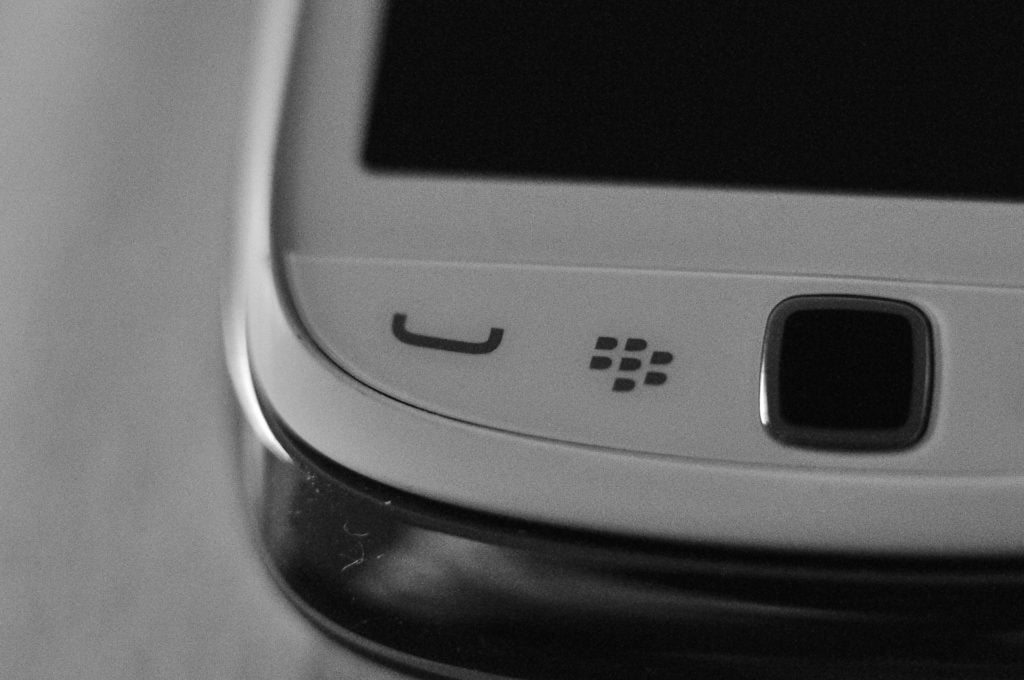
But here’s something else worth pointing out: 800 numbers can be zoned such that they only reach specific businesses to callers from specific geographic areas. As phone services company UniTel Voice explains, there are a few different kinds of toll-free service providers, one of which rents “vanity” phone numbers — numbers like 1-800-GOLF-TIP, which are easy to remember and customizable — to people in specific geographic locations. “For example,” notes the company’s post on toll-free numbers, “a dental office in Houston could use and advertise 1-855-DENTIST and at the same time a dentist office in Chicago could use and advertise the same business number. Customers who call the phone number from a Houston area code will be routed to the Houston dentist. Customers who call the number from Chicago will be routed to the Chicago-based dentist.”
That means that it’s possible for 1-800-GOLF-TIP to lead to different businesses depending on where you’re calling from. In the United States — where I’m based — it leads to an adult hotline. In Canada, though, it might lead somewhere else. Heck, it might have led somewhere else in Canada while it was leading to, say, the USA Today/PGA of America hotline in the United States.
For what it’s worth, a 2005 message board post at Tribe Magazine (which is Toronto-centric, by the way) noted that, at that time, calling 1-800-GOLF-TIP from Canada yielded an automated message stating, “The number you have dialed cannot be reached from your calling area.” Given that PrimeTel/Mayfair had already already acquired the number by that point, it’s probably safe to say that they zoned it only in the United States.
But, I mean, hey. More than a few years have passed since then. If you’re Canadian and you want to give 1-800-GOLF-TIP a call (and you don’t mind incurring whatever fees might be associated with it), let us know what you get — especially if you’re based in St. Catharines, Toronto, or Ottawa.
I think we’d all be interested to hear what you find.
***
Follow The Ghost In My Machine on Twitter @GhostMachine13 and on Facebook @TheGhostInMyMachine. And don’t forget to check out Dangerous Games To Play In The Dark, available now from Chronicle Books!
[Photos via TBIT, Pexels, JamesDeMers, 27707, kostkarubika005, StartupStockPhotos, diasgateway/Pixabay; screenshots (2)/Google Maps; screenshot/Who Owns This Number?]